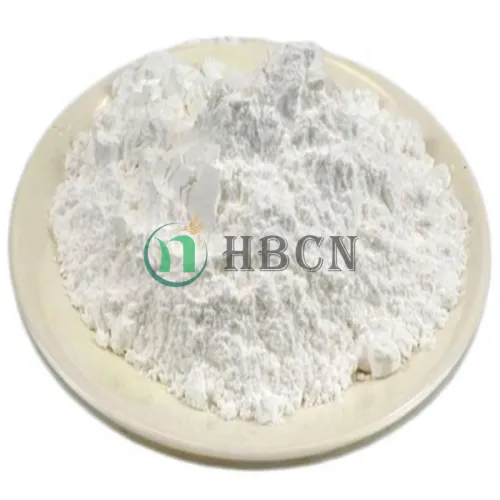
Nov . 17, 2024 14:31 Back to list
famous systemic insecticide imidacloprid
Imidacloprid A Comprehensive Overview of a Famous Systemic Insecticide
Imidacloprid, a prominent member of the neonicotinoid class of insecticides, has made considerable strides in agricultural and pest control practices since its introduction in the early 1990s. Widely recognized for its efficiency, this systemic insecticide is especially effective against a variety of pests, including aphids, beetles, and whiteflies. By understanding the mechanisms, uses, benefits, and controversies surrounding imidacloprid, we can gain a clearer picture of its role in modern agriculture.
Imidacloprid A Comprehensive Overview of a Famous Systemic Insecticide
Imidacloprid's broad-spectrum activity allows it to be used in a variety of applications, from crop protection to urban pest control. In agriculture, it is frequently utilized to protect crops such as cotton, corn, and soybeans, thereby contributing to higher yields and improved food security. In urban settings, imidacloprid is employed for controlling pests like termites and fleas, offering homeowners a means to manage infestations effectively.
famous systemic insecticide imidacloprid

However, the widespread use of imidacloprid has not been without its challenges and controversies. One of the most pressing concerns is its potential impact on non-target species, particularly pollinators such as honeybees. Studies have raised alarms about the sub-lethal effects of neonicotinoids, which may impair bee health and contribute to colony collapse disorder. This has led to calls for stricter regulations and even outright bans on neonicotinoids in certain regions.
In response to these environmental concerns, regulatory agencies around the world have begun to re-evaluate the use of imidacloprid. The European Union, for example, has imposed restrictions on its use, focusing on protecting pollinator populations while still allowing its application in specific, controlled scenarios. This reflects a growing recognition of the need to balance agricultural productivity with ecological sustainability.
Moreover, imidacloprid's effectiveness has led to its extensive use, raising issues of pest resistance. As pests are repeatedly exposed to the same mode of action, there is a risk that they may develop resistance, diminishing the insecticide's efficacy over time. Integrated Pest Management (IPM) practices encourage the rotation of different classes of insecticides and the use of non-chemical pest control methods to mitigate this risk.
In conclusion, imidacloprid stands out as a powerful and effective systemic insecticide that has transformed pest management strategies in agriculture and urban settings. Its ability to protect crops and control pests is invaluable, yet the growing concerns regarding its environmental impact necessitate a cautious approach to its use. As research continues to shed light on both its benefits and drawbacks, the future of imidacloprid and similar pesticides will hinge on finding a sustainable balance that addresses agricultural needs while safeguarding our ecosystems. The ongoing dialogue among scientists, farmers, environmentalists, and policymakers will be crucial in shaping the responsible use of this potent tool in pest management.
-
Best Abamectin 95% | Top Pesticide for Crop Protection
NewsJul.31,2025
-
Insecticide Spirotetramat 11% + Thiacloprid 11% SC at Good Price
NewsJul.30,2025
-
Best Abamectin SDS - Premium Quality & Reliable Safety Data
NewsJul.29,2025
-
Agrochemicals Pesticides Solutions for Sustainable Farming
NewsJul.29,2025
-
High-Quality Tebuconazole Fungicide for Crop Protection at Best Price
NewsJul.29,2025
-
Chlorfenapyr 8% + Clothianidin 20%SC Pesticide Mixture for Effective Pest Control
NewsJul.28,2025
